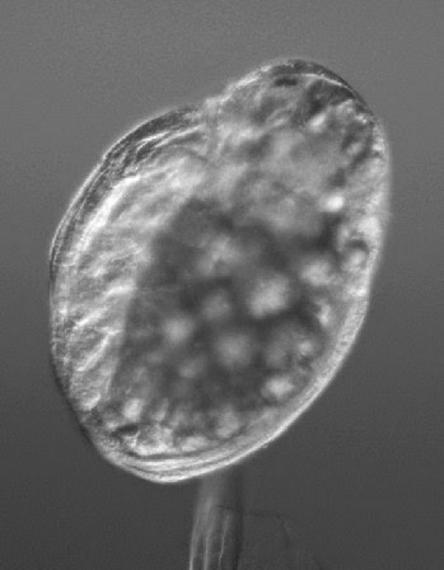Calcium can protect freshwater organisms from copper toxicity

Freshwater habitats like the shield lakes of Northern Canada have experienced dramatic water chemistry changes over the last century due to human activities such as mining, farming and forestry. Acidification of these habitats has emerged as a major problem for freshwater organisms living in these habitats and depend on calcium. For example, Daphnia, small freshwater crustaceans have to rebuild their exoskeleton in a regular basis and require calcium to do so.
Another stressor is the increase in copper contaminants in our watersheds. While small amounts of copper are necessary for normal physiological function, too much copper can lead to metal toxicity.
The uptake mechanisms for the two chemicals are very similar and new research has shown that when the two stressors were combined, calcium had a protective effect against copper toxicity.
This work was conducted by a former U of G MSc student, Andrew Liorti, and two professors from the Department of Integrative Biology, Dr. Andreas Heyland and Dr. Teresa Crease. They worked with zooplankton, Daphnia pulex, an important species in many freshwater habitats including the shield lakes of Northern Canada.
A new Toxicology Screen Device (TSD) was designed to monitor survivorship of Daphnia. This novel, semi-automatic screening system allowed them to obtain high temporal resolution with low numbers of individuals. This method increased the efficiency of running these experiments by reducing the time and work usually involved with this type of experiment.
They found that low calcium and high copper reduced survival when applied in isolation but when applied in combination, survivorship increased significantly. Thus, the presence of calcium protected the Daphnia from the effects of copper.
This research also suggest that calcium can be an indication of the health of an ecosystem as organisms may experience reduced stress in its presence. It also showed that their new screening system will also be a useful tool for future life-history experiments on aquatic zooplankton.
Moving forward, Dr. Heyland’s lab will continue this work at a population level and in a natural/semi-natural environment such as the Limnotron facility at the University of Guelph to answer questions about how these stressors affect ecosystems as a whole.